Florence
- Rebekah Orlick
- Sep 14
- 4 min read
Doing the Difficult Things
When I was young and first attached myself to art, I drew a lot of people (and horses). Faces and bodies came easily to me, but when I got to the hands—it all fell apart. The hands were too complicated. I didn’t want to ruin a whole drawing with their inadequacy, so I avoided them. Instead, I began sketching people straight on with their arms bent neatly behind their backs, aware of their awkwardness, but unwilling to figure out how to do it properly.
I made piles of these drawings until one day my older sister sifted through them. She looked up and asked something like, “Why do you draw everyone with their hands behind their backs?”
I laughed nervously—because that’s what I do when I’m uncomfortable—and confessed, “Because I don’t want to draw their hands. I’m no good at hands.”
Her response stuck with me: you don’t get good at something by avoiding it. You get good by doing it. Over and over. Again and again. Even when it’s hard.
Florence Was Hard
What I remember most about Florence was how difficult it was. The endless walking, the ache in my feet (not to mention the blisters), sweating through outfits day after day. Navigating grocery stores, streets, bus stops, and trains—all in a foreign language. Even the small things, like learning to weigh your produce and print a sticker before checkout, reminded me that I was just a tourist.
But we were there for eleven days, long enough for the city to begin to feel like a temporary home. I averaged 22,000 steps a day, crisscrossing the streets on foot and hopping buses as if I had always lived there. We figured out how to share small apartments with roommates, how to cook and do laundry together, how to slip into the daily rhythms of a foreign city. How when you need an answer for how to do something (like find your train that is due to leave in ten minutes), there is no time to waste, you must be persistent.
Cinque Terre Reflections
On our one free weekend, a group of us headed to Cinque Terre. The five colorful towns clinging to the cliffs of the Ligurian Sea were unlike anything I had ever seen. Somewhere along the train ride, I pulled out my journal and wrote:
I feel unbelievably privileged. The Gilman scholarship has left me without anxiety about money on this trip. I find myself asking how I go back to regular life. I’m in some kind of dream where every day is a gift of discovery. Yet I feel a strange sadness—for the youth that has already passed me, for how quickly time slips away. I want to see the ageless things. To live with wonder and discovery. How do I deserve life? And how do I share that?
That journal entry is a reminder for me.
The Shift
Florence shifted something inside me.
I became fascinated by medieval and Renaissance imagery, especially depictions of the Temptation where the serpent in the garden had a woman’s head (look it up—Michelangelo even painted it on the Sistine Chapel ceiling in Rome). This left me thinking about my future educational aspirations. I photographed every curious work of street art painted or drawn onto the sides of buildings. I kept track of how many times I saw the Florentine symbol—repeated across the city—this strange emblem that reminded me of a cow skull with six eyes. Everywhere I looked, there were layers of symbols waiting to be read.
More than that, I started imagining a life built around the pursuit of discovery. Florence gave me a kind of confidence I didn’t expect—the sense that maybe I could chase the things I want to, instead of shelving them for later. Maybe I could live inspired, fearless.
Climbing San Miniato al Monte
On my first Sunday in Florence, I traveled up to San Miniato al Monte, trekking the hill that overlooks the whole city. I forced Jenna to go with me when we were both exhausted, and we nearly gave up on several occasions. When we finally got to the top, Jenna kept repeating, "this was so worth it!" And I could not have agreed more.
Inside the church, we stood beneath ancient frescoes and tried to listen to the Gregorian chants in Latin. Then we stood outside to admire the view of the city. Everyone had told me it was the best view of Florence, and they were right. But it was more than just a view.
That climb, that sweat, that “walk of suffering” (which was meant to imitate the suffering of Christ, and which I did on several occasions) was a reminder that some of the most transcendent things require effort and tenacity.
The Lesson I Took Home
Florence left me with the same truth my sister gave me years ago about drawing hands: you don’t grow by avoiding what’s difficult.
You grow by doing the hard things. Again and again. Over and over.
Sincerely,
Rebekah


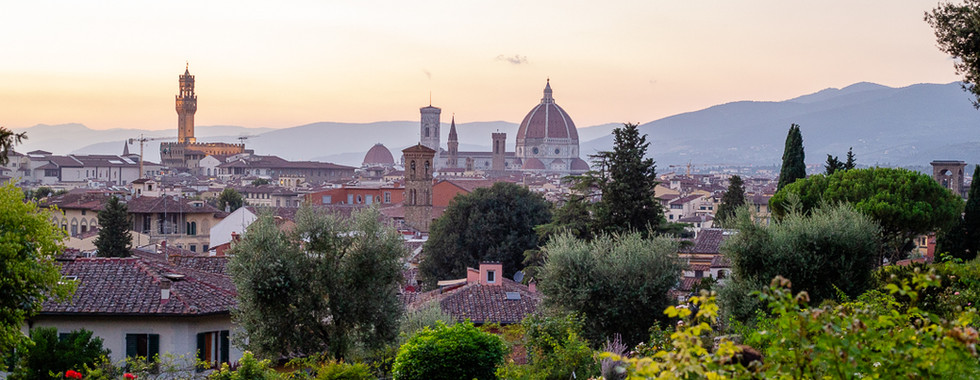















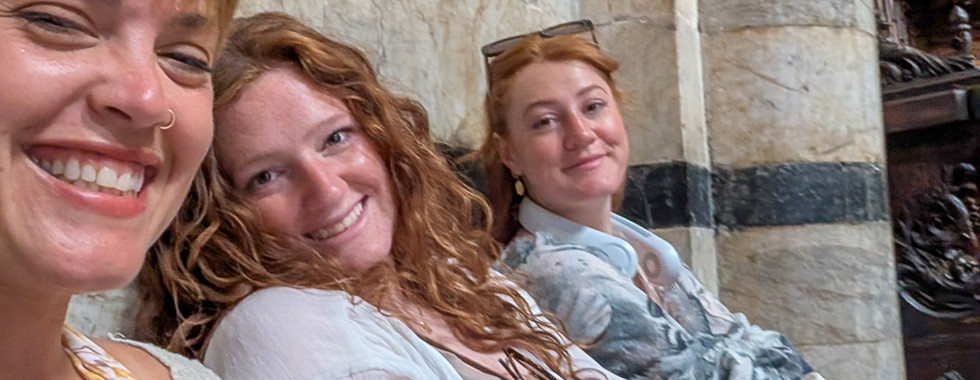

















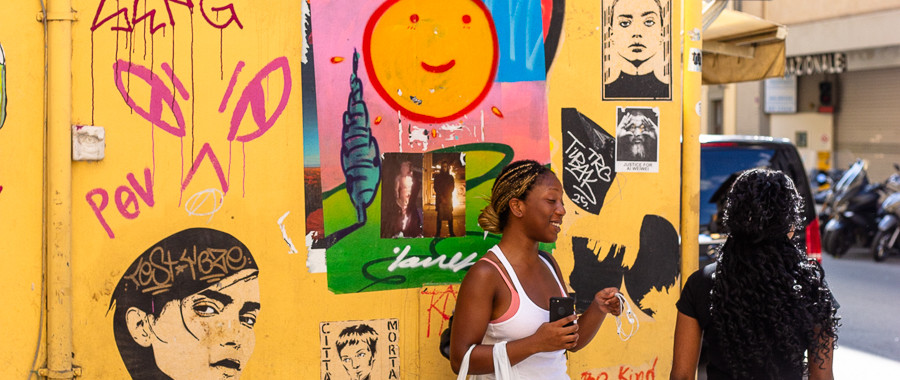



























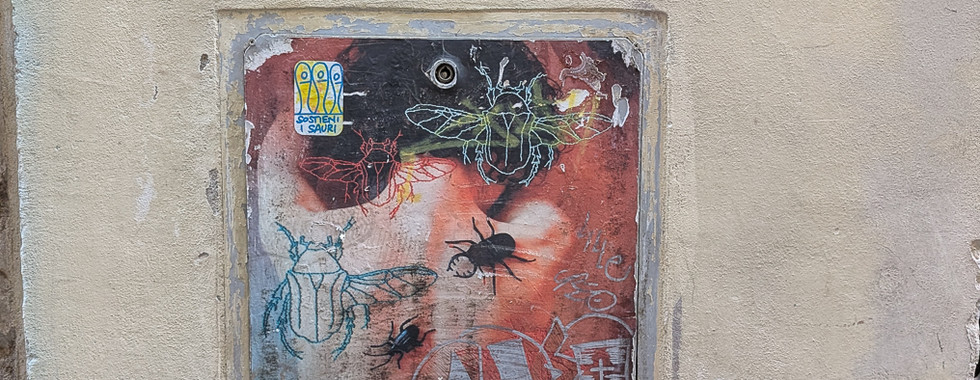

































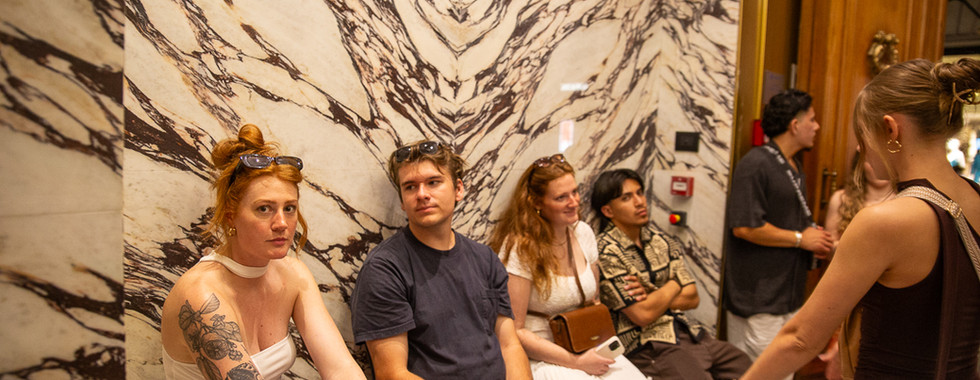



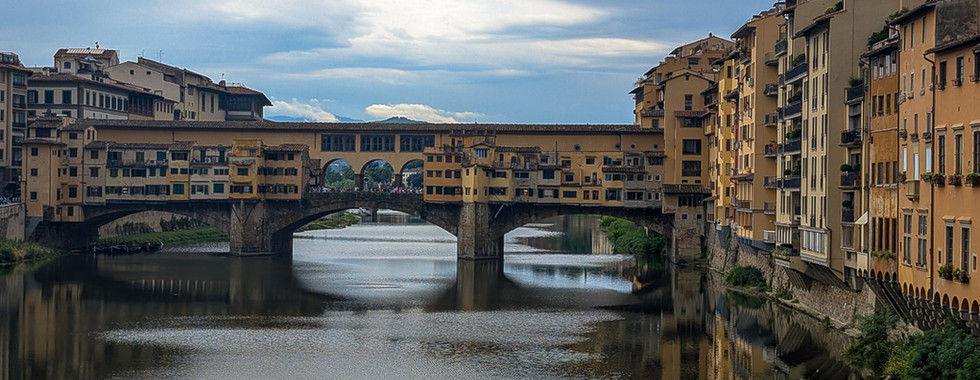













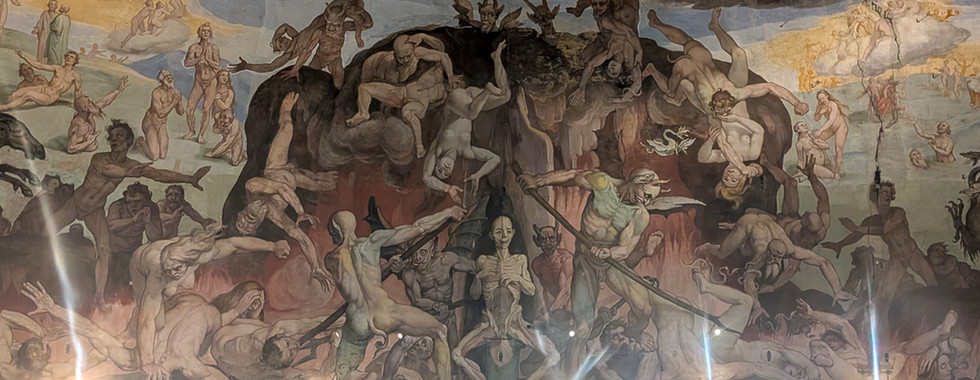

























































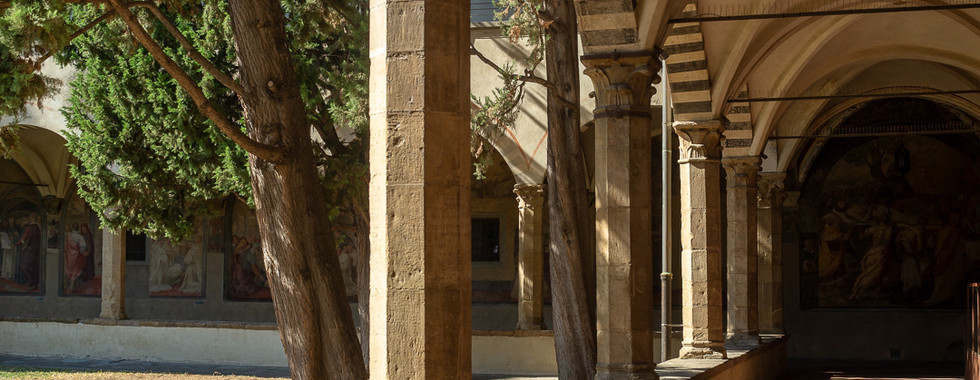








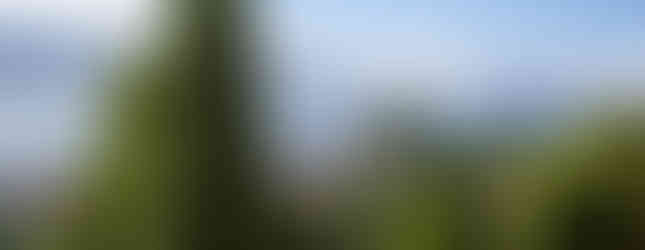
















































Comments